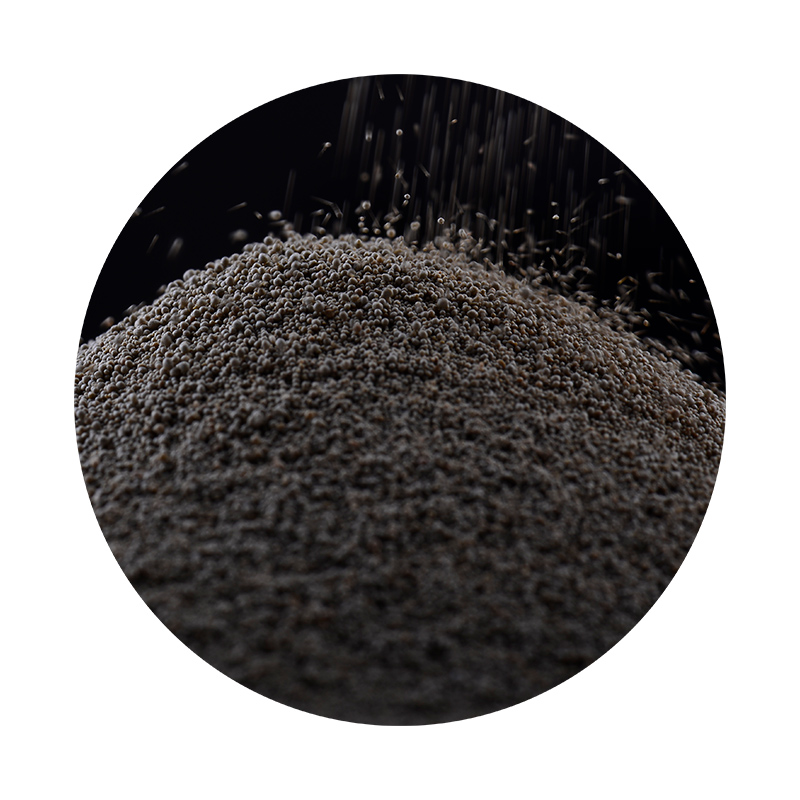Achieving Smooth 3D Prints Without Sanding
3D printing has revolutionized the way we create objects, allowing for rapid prototyping and intricate designs. However, one of the main challenges that enthusiasts and professionals face is obtaining a smooth surface finish. Traditionally, sanding has been the go-to method for achieving a polished look, but this process can be time-consuming and labor-intensive. Fortunately, there are several techniques that can help you achieve smooth 3D prints without the need for sanding.
1. Optimal Printer Settings
The first step to achieving a smooth finish starts with perfecting your printer settings. Using a smaller layer height can significantly reduce the visibility of layer lines, resulting in a smoother surface. Additionally, adjusting the printing speed can impact the quality of the final product; slower speeds tend to allow for better adhesion between layers, leading to fewer imperfections. Ensure that your nozzle temperature is calibrated correctly for the filament you’re using, as improper temperatures can lead to stringing or bubbling.
The choice of filament plays a critical role in the surface quality of your prints. For instance, materials like PLA (Polylactic Acid) print well and are easier to smooth out, while ABS (Acrylonitrile Butadiene Styrene) can be smoothed using solvents like acetone. Additionally, specialty filaments like PETG or nylon offer different properties that may lead to smoother prints based on their formulations. Experimenting with high-quality filaments can yield better surface finishes right off the printer.
smooth 3d prints without sanding

3. Post-Processing Techniques
There are several effective post-processing methods that can enhance the smoothness of your prints without traditional sanding. One popular technique is vapor smoothing, particularly for ABS prints. By exposing the print to acetone vapors in a sealed container, the outer layer of the filament melts slightly, creating a glass-like finish. Another method is to apply a coating, such as epoxy resin or spray-on primer, which fills in gaps and creates a smooth outer layer.
4. Printing Orientation
The orientation of your model during printing can also impact the surface finish. Positioning the object in a way that minimizes visible layer lines can lead to a more refined appearance. Take the time to analyze and adjust the orientation before starting your print.
In conclusion, achieving a smooth surface finish on your 3D prints without sanding is entirely possible through careful attention to printer settings, filament choice, effective post-processing techniques, and strategic print orientation. By implementing these strategies, you can produce high-quality, smooth prints that enhance the overall aesthetic of your projects.
Post time:سېنتەبىر . 18, 2024 22:02
Next:Процесс литья смоляных песков
